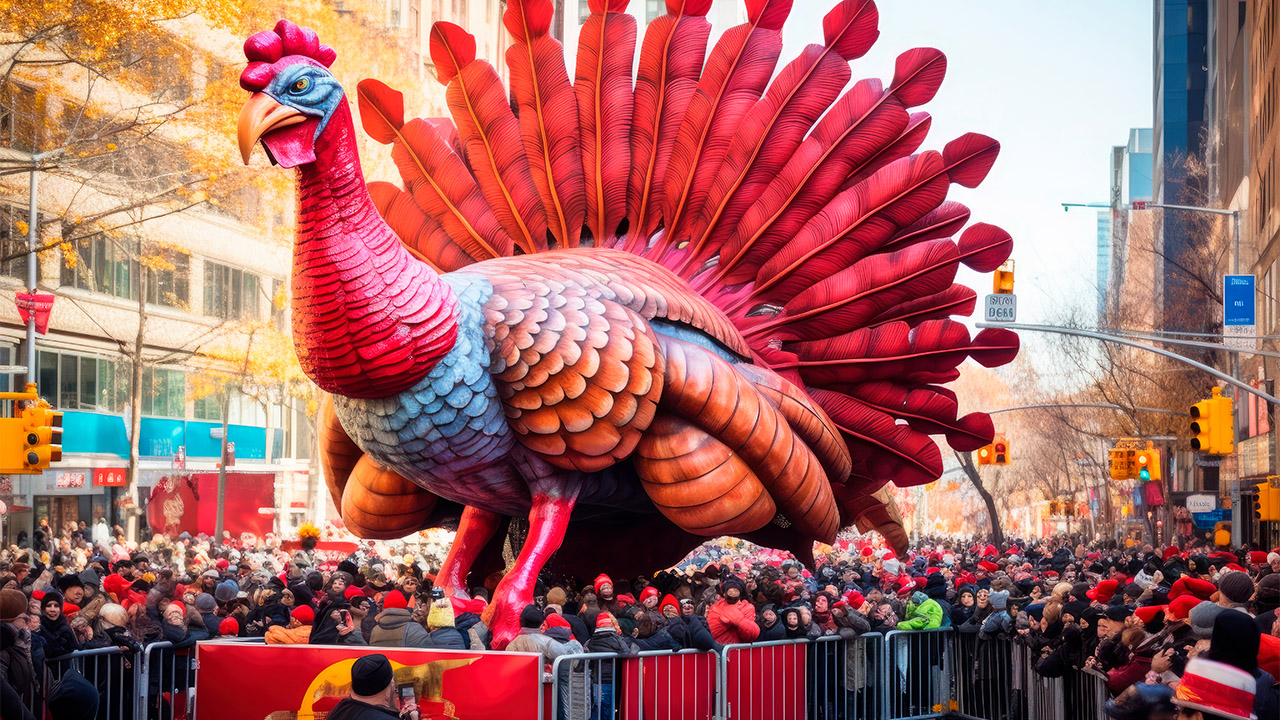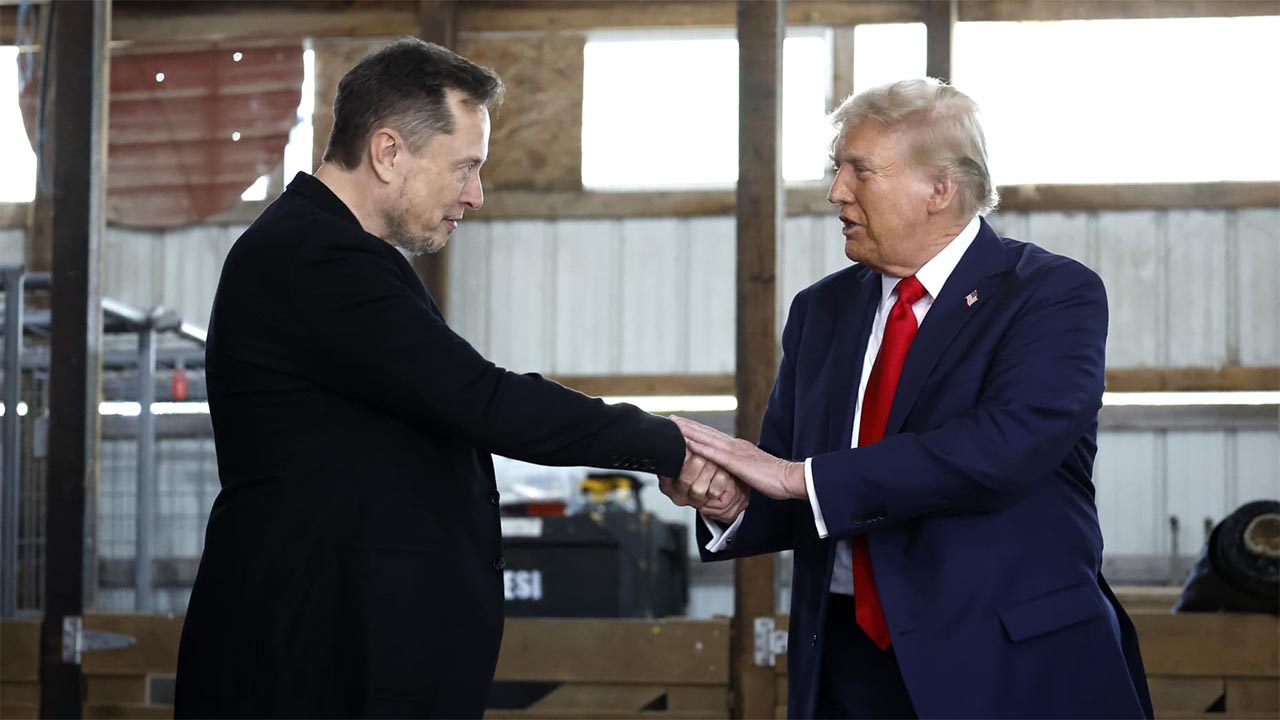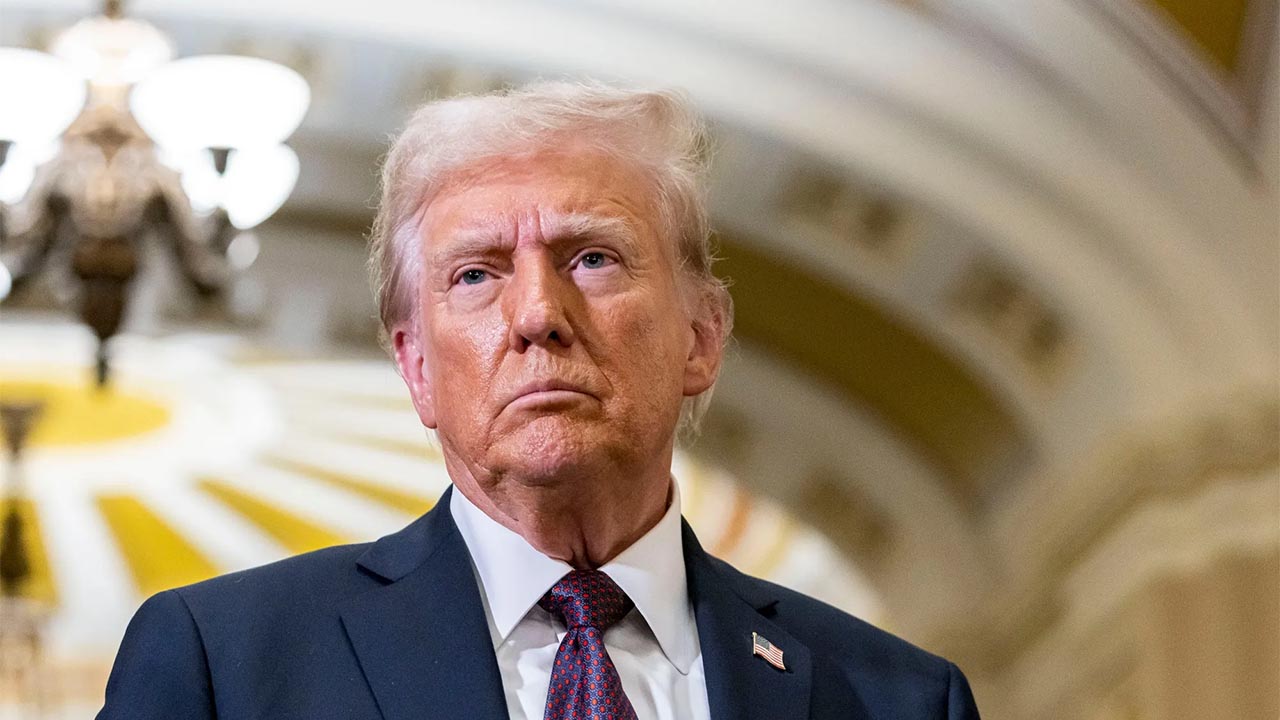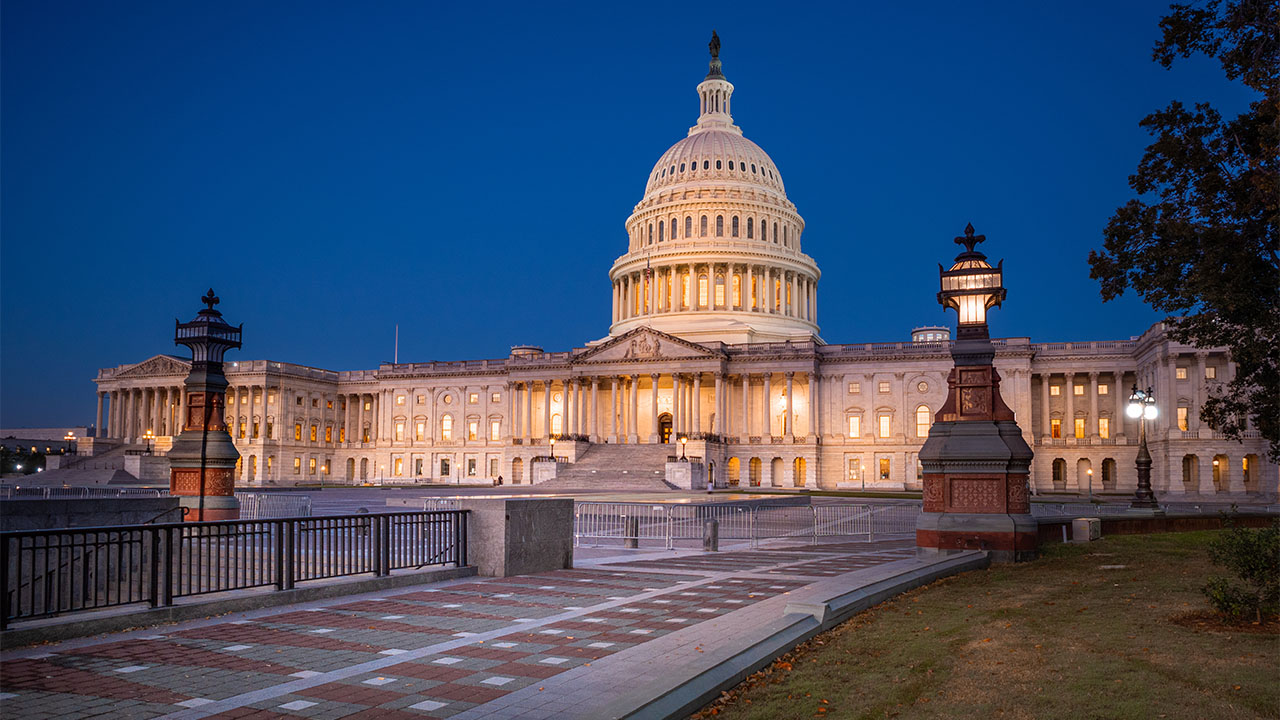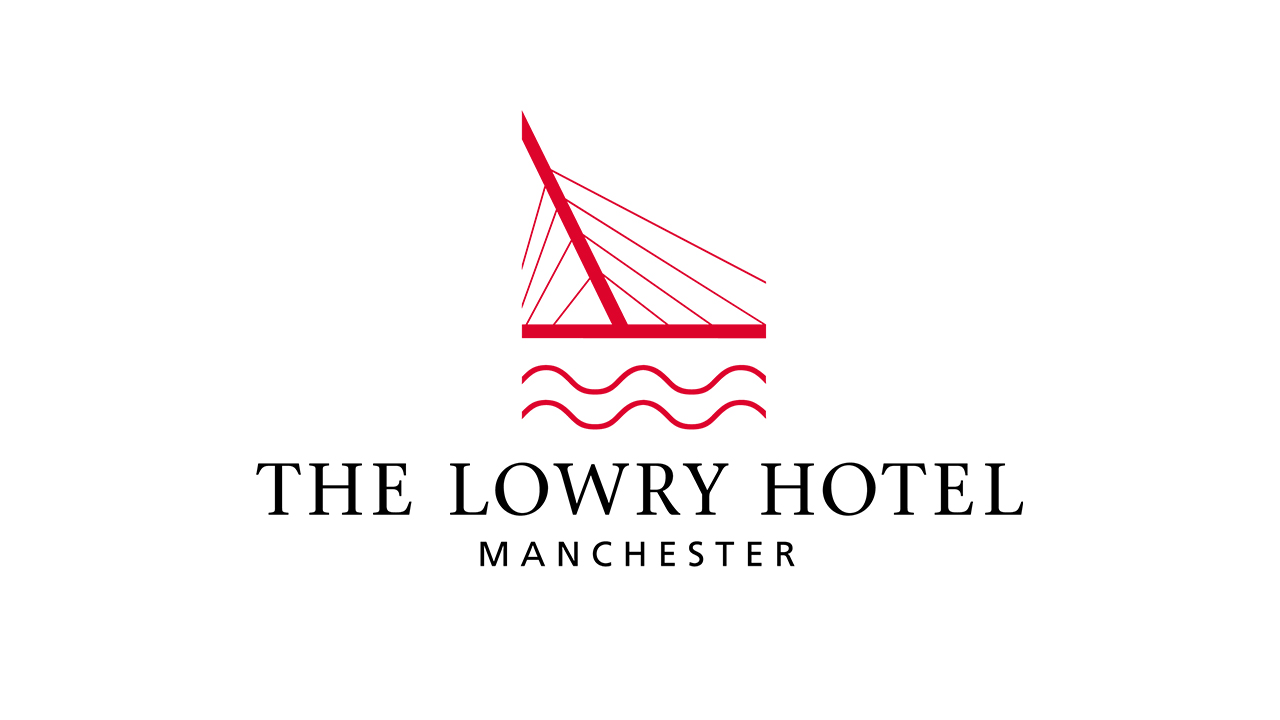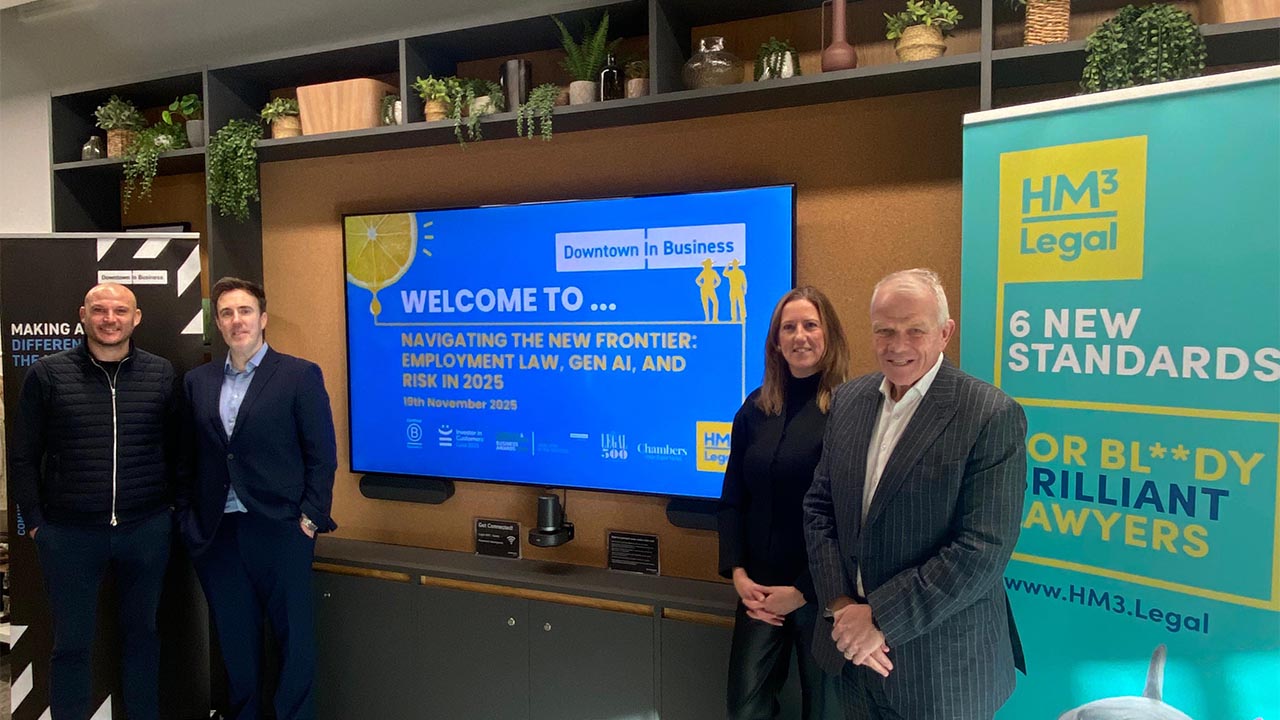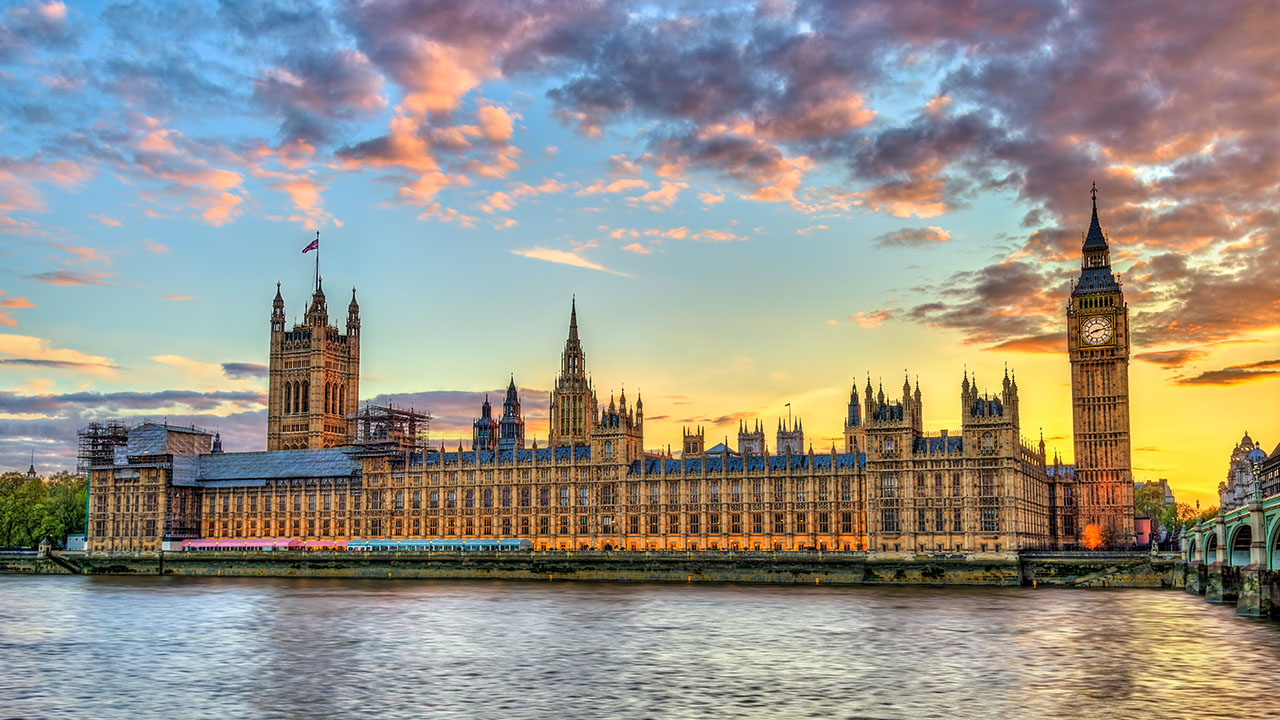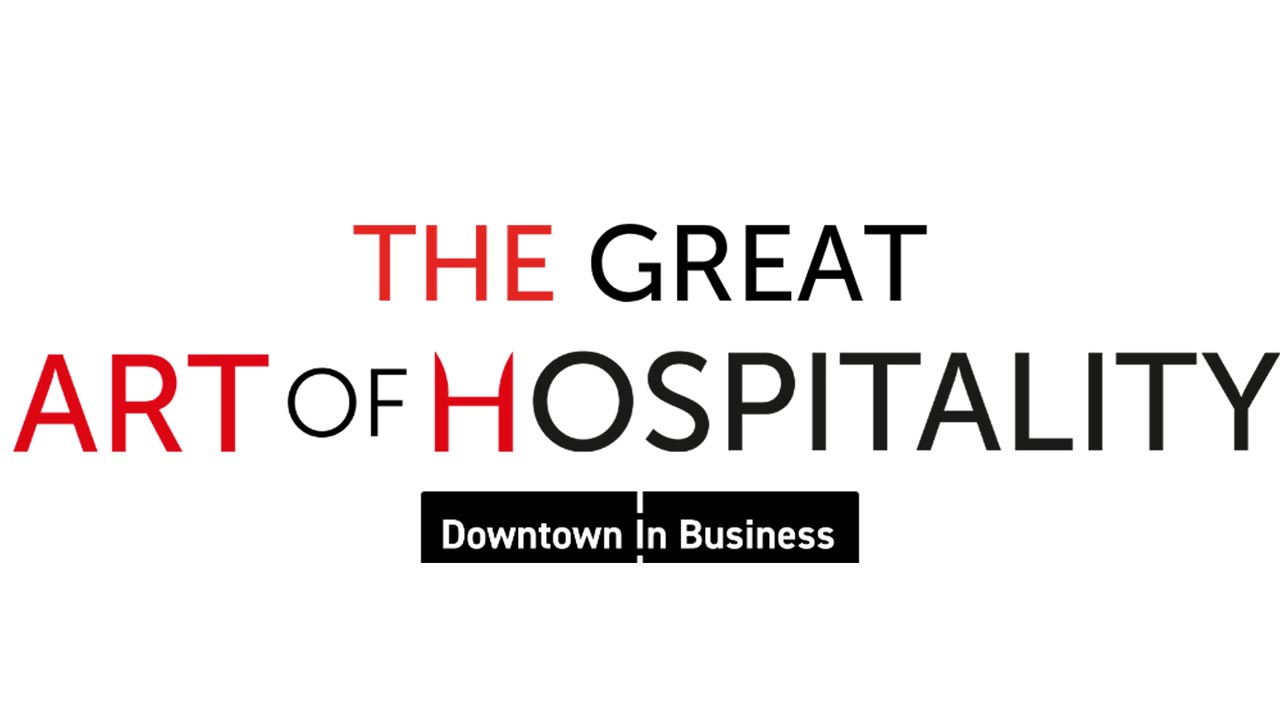I have lived in the U.S. on and off for thirty-five years.
First as an 80’s run-away to New York City with no money and even less of a plan, then after I met a girl in a bar in San Francisco who became my wife, moved back to Gotham in a corporate gig, bouncing around Washington DC, Memphis and Atlanta, and washing up on the Gulf Coast.
All this time, I have pretended to celebrate Thanksgiving on the fourth Thursday in November.
Don’t get me wrong, a roast dinner, a glass or three, and the warm embrace of family and friends works just fine. It is a holiday of significant proportion – one of the ‘secular big three’ with New Year and July 4th – but one I struggle to fully identify with.
I doubt I’m alone.
Like many of our modern holidays, it seems rooted in some co-opted pagan festival rolled into the Christian calendar – and English colonialists in Massachusetts and Virginia lay the greatest claim to the first Thanksgiving – Thursday’s being their preferred day to avoid clashing with the puritanical observance of their holy day.
There is a counter claim from Spain about some festivities in St Augustine, Florida on September 8th 1565, but these are largely ignored in favour of the buckle-hat wearing characters in knee high socks and black frock coats who have made it onto the cards and decorations we associate with the holiday.
Its questionable identity isn’t helped by the nation’s politicians who – of course – have also had a significant say in shaping the nation’s holiday.
In 1789, George Washington declared 26 November to be a public holiday but that never stuck and in 1863 Abraham Lincoln decreed the ‘last Thursday in November’ would be the date.
Then, on October 31, 1939, Franklin D Roosevelt changed the holiday to the ‘next to last Thursday in November’ to boost the economy by creating an extra seven days for Christmas shopping.
But making the change so close to the holiday schedules of schools and businesses wreaked havoc, and most Americans opposed the change dubbing it “Franksgiving” that year.
Some loyal state governors went along with the change while others stuck with the original November 30th date for that year’s holiday while three states — Colorado, Mississippi and Texas — partied hard on both dates. Double Thanksgiving continued for two more years, until Roosevelt once more changed the official national Thanksgiving Day to ‘the fourth Thursday in November’ starting in 1942.
The dispute about the founding of Thanksgiving rumbled on between the protestant communities in Virginia and Massachusetts until the Irish-Catholic President JFK gave them both a participation star, proclaiming on November 5th 1963:
“Over three centuries ago, our forefathers in Virginia AND in Massachusetts, far from home in a lonely wilderness, set aside a time of thanksgiving. On the appointed day, they gave reverent thanks for their safety, for the health of their children, for the fertility of their fields, for the love which bound them together, and for the faith which united them with their God.”
17 days later he was dead.
From Roosevelt’s meddling with the dates, the holiday started to take on a more commercial flavour.
Thanksgiving is celebrated with parades such as Macy’s Department Stores Parade in New York, ABC Dunkin’ Donuts Thanksgiving Day Parade in Philadelphia, McDonald’s Thanksgiving Parade in Chicago.
What Americans generally call ‘the holiday season’ begins with Thanksgiving. The first day after Thanksgiving Day is known as Black Friday and marks the start of the Christmas shopping season.
There is some nonsense about the day being the first day that US retailers are in the black – profit – but the reality is far more drab, merely that so many employees took the day after Thanksgiving off it became a void on the work calendar.
Then there is the turkey.
In the 1870’s Rhode Island poultry dealer Horace Vose started sending plump birds to the White House as a publicity stunt. Other turkey farmers got in on the idea and you soon started seeing turkeys dispatched to the White House from all corners of the nation.
Newspaper stories followed the fortunes of birds sent from Mississippi to Vermont, reporting on their progress, and turkey and Thanksgiving became synonymous with each other, opening the door to cranberry growers, gravy granulators and pumpkin pie bakers to link their products too.
But only after the White House in 1947 ill-advisedly started suggesting ‘Poutry-free Thursdays’ did the Poultry and Egg National Board and National Turkey Federation formally start presenting a Turkey to the President as a national news event.
In 1962, JFK was presented with a live Turkey wearing, preposterously, a sign around its neck declaring “Good Eating Mr President”.
Kennedy, the first President to understand the power of TV, declined the invite, saying with a grin “We’ll just let this one grow, It’s our Thanksgiving present to him.”
In 1989, President George W Bush took it one step further, conscious of the animal rights protesters beyond the White House lawns he told the world’s media:
“…let me assure you – and this fine tom turkey – that he will not end up on anyone’s dinner table, not this guy – he’s granted a presidential pardon as of right now – and allow him to live out his days on a children’s farm not far from here.”
Every President has subsequently followed suit.
Not to be outdone, sports saw the opportunity to seize the day too.
For most Americans, Thanksgiving and football – gridiron – are inseparable.
While the NFL has a full slate of fixtures on and around the holiday, college football also embraces it too. Just up the road from me, in Alabama, the Iron Bowl is contested every Saturday after Thanksgiving.
It pits University of Alabama – Crimson Tide – against Auburn University – War Eagle. I attended the fixture a few years back along-side 100,000 people inside the ground and the same again ‘tailgating’ – barbequing, drinking, cavorting, partying – on the streets surrounding the stadium.
There wasn’t much mention of the plight of the indigenous peoples, nor was their much friendly giving of thanks from what I can recall.
But this is America’s Fall – or Autumnal – holiday. It is quintessentially American: not needing an historically accurate back story; democratic, universal and all-inclusive; shaped by political machinations and expedited by convenience; defined by consumption, marketing, advertising, sports and TV.
Hmm. What’s not to love?


